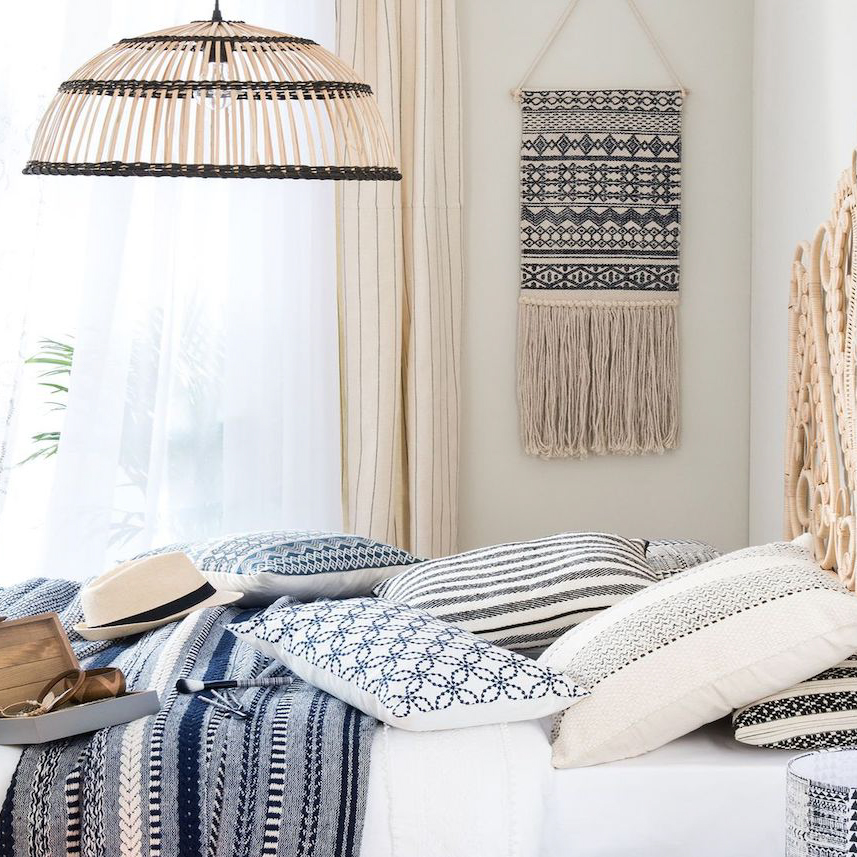
Modern Vs Contemporary Interior Design

Modern and contemporary are terms that are often used interchangeably, leading to confusion for homeowners looking to revamp their home. Although similar in many ways, there are key differences between the two styles that should be considered when selecting new furnishings and executing an interior design plan.
In the world of interior design, “modern” refers to the popular style that was developed between the 1900s and 1950s, while “contemporary” is a term used to describe current trends and styles. Whether you’re interested in designing your dream home or just want to impress your more design-savvy friends, understanding these distinct differences will help you make an educated choice when selecting furnishings and creating an interior space that reflects your personal aesthetic.
The defining features of modern design Homehubz include sleek surfaces, a neutral color palette and an emphasis on functionality. A minimalist approach is common, and this means that most furniture pieces are simple in form with few embellishments. Despite this, a sense of warmth is often infused into modern spaces through the use of natural materials and earthy tones.
To create a contemporary design, look for geometric patterns and elements like angled walls and open shelving that create visual interest. Additionally, this design style is often influenced by other art movements and trends, including minimalism, art deco and futurism. This is evident in popular artworks from the modernist era, such as Vincent van Gogh’s Starry Night, Henri Matisse’s fauvist Woman with a Hat and Pablo Picasso’s Boy with a Pipe.
Both modern and contemporary interior designs favor an open space concept that allows for easy flow between rooms. For example, modern living rooms often feature a coffee table that is located in the same room as the sofa. In addition to this, both designs also rely on natural light and avoid ornate detailing.
Unlike modern, contemporary design is based on flexibility and a desire to be constantly evolving. This is evident in contemporary artwork, such as abstract painting and sculpture. It’s also present in the form of furniture and decor, such as rugs with bold stripes or asymmetrical designs.
Contemporary design is also a popular choice for homeowners who love to stay up to date on the latest fashions in home decor and ornamentation. To evoke this style, consider adding accents like throw blankets and pillows in a range of colors and prints. Lastly, to achieve contemporary style, opt for a mix of modern and classic art, such as Henri Matisse’s X-Rays and Pablo Picasso’s Boy with a Pipe.
In terms of architecture, modern-style houses tend to feature flat roofs, asymmetrical lines and large windows. The goal of this design is to allow as much light into the home as possible. Additionally, these houses typically feature long and low furniture with tapered legs that add to the streamlined appearance of the space.
